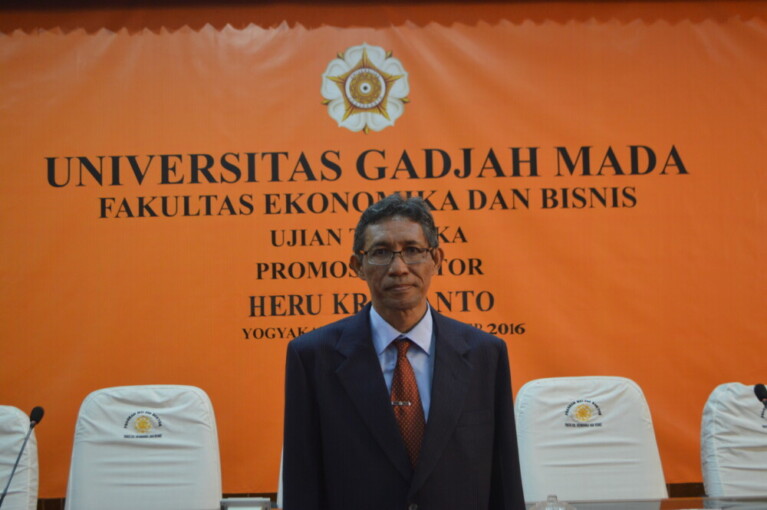
As much as 9.5 percent of karst areas in Indonesia totalling 155,000 kilometer square has been damaged due to, among others, lime mining and land conversion.
Karst expert from UGM, Dr. Eko Haryono, M.Si., said the main problem in the karst management lies in the effect of implementation of authority decentralisation, i.e. lime mining permit. Regulations on management do not run effectively whilst the implementation opposes the political policy issued by the regional leaders. Other problems are the unavailability of regulations on operations of conservation of Indonesia’s karst landscape; most regulate the conservation of biodiversity and culture. In addition, they numerous requests for lime mining permit have added to the level of destruction.
Eko, chairman of Asia Union of Speleology (AUS), said at Faculty of Geography UGM on Monday (5/9) that as much as 20 percent of total size which is 1,228,538.5 hectares of karst areas in Java have been damaged, spanning from East Java, West Java, Central Java and Yogyakarta. Hence, karst conservation becomes important as it can serve as clean water reservoir as well as carbon absorption. Karst landscape is able to absorp carbon massively at 13.482 Giga gram per year.
Karst Management Has to be Comprehensive
In order to stop the rate of damage in the karst landscape, Eko mentioned the need for comprehensive policy on karst management, such as the criteria to determine the area of protective function of karst which is not only based on technical ones as it tends to create conflict.
“Criteria for karst areas that are technical need to be integrated with criteria based on interest and unique nature,” said the Environmental Geography lecturer.
He added that such “Interest has to take into account the scale and detailed nature of information.” Nationally, the government has to establish the karst zone that have high interest and uniqueness. At the provincial level, this has to be based on unique nature and interest of that province.
Eko emphasised the need for regulations on the operations of conservation based on geodiversity to give it strong legal foothold. Management schemes of protective karst areas under the UNESCO such as world heritage or biosphere heritage need to be encouraged for the protection of karst areas of excellence.
No less important is the establishment of mass cave tourism which should include caves that have high energy with good air circulation to accommodate tourists.


